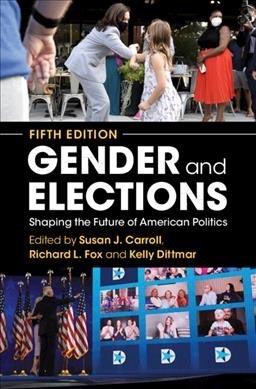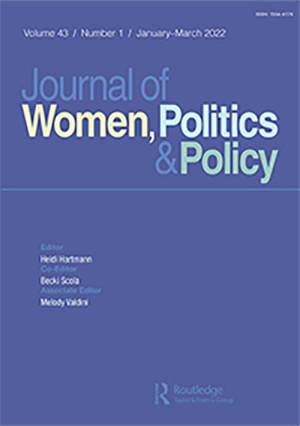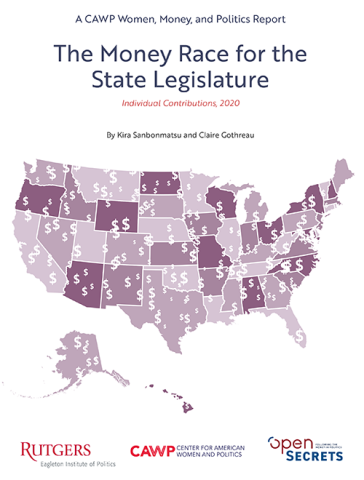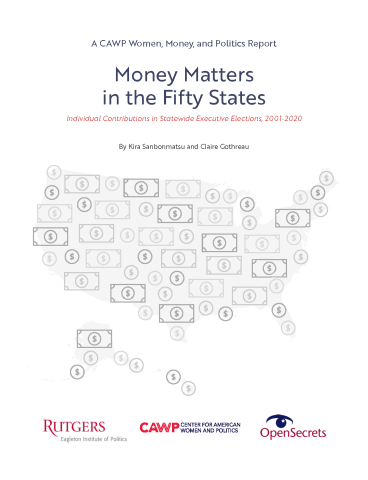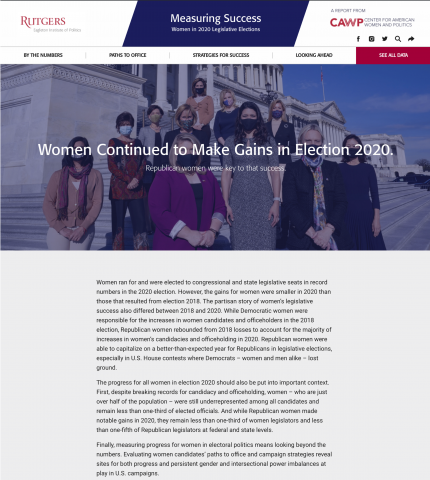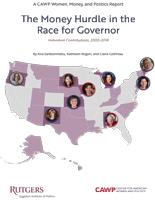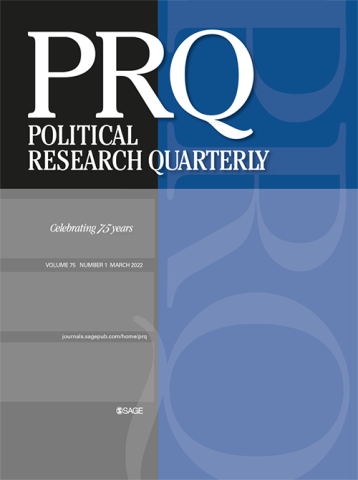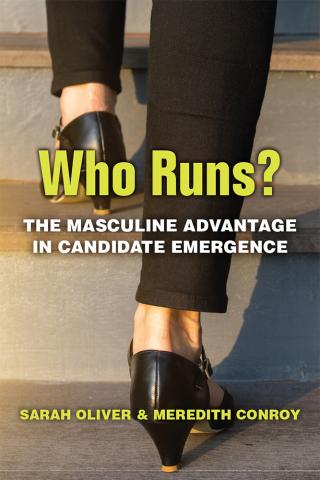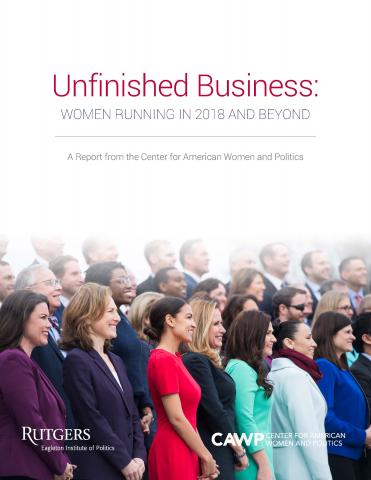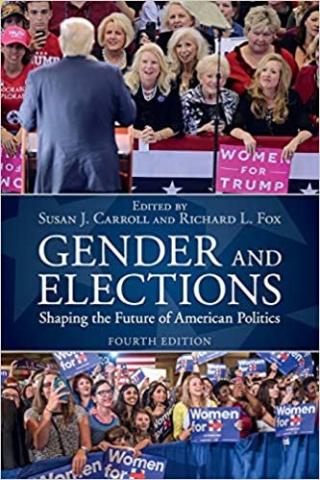Gender and Elections: Shaping the Future of American Politics, 5th Edition
BookResearchCAWP ScholarCandidates and CampaignsPolitical PartiesFederal ExecutiveCongressStatewide ExecutiveState Legislature"Women Voters and the Utility of Campaigning as “Women of Color” in Journal of Women, Politics & Policy
By Stacey Greene, Yalidy Matos, and Kira Sanbonmatsu
ArticleResearchCandidates and CampaignsGender and Race/EthnicityThe Money Race for the State Legislature
by Kira Sanbonmatsu and Claire Gothreau
ReportCAWP Women, Money, and Politics SeriesResearchCandidates and CampaignsPolitical PartiesState LegislatureMoney Matters in the Fifty States
by Kira Sanbonmatsu and Claire Gothreau
ReportCAWP Women, Money, and Politics SeriesResearchCandidates and CampaignsPolitical PartiesStatewide ExecutiveMeasuring Success: Women in 2020 Legislative Elections
by Kelly Dittmar
ReportResearchPolitical PartiesCandidates and CampaignsCandidate RecruitmentGender and Race/EthnicityState LegislatureCongressThe Money Hurdle in the Race for Governor
by Kira Sanbonmatsu, Kathleen Rogers, and Claire Gothreau
ReportCAWP Women, Money, and Politics SeriesResearchCandidates and CampaignsStatewide ExecutiveDo Women Seek “Women of Color” for Public Office? Exploring Women’s Support for Electing Women of Color" in Political Research Quarterly
By Yalidy Matos, Stacey Greene, Kira Sanbonmatsu
ArticleResearchCandidates and CampaignsGender and Race/EthnicityWho Runs? The Masculine Advantage in Candidate Emergence
by Sarah Oliver, Towson University and Meredith Conroy, California State University, San Bernadino
University of Michigan Press, 2020, 168 pagesBookResearchCAWP Series in Gender and American PoliticsCandidates and CampaignsCandidate RecruitmentUnfinished Business: Women Running in 2018 and Beyond
by Kelly Dittmar
Center for American Women and Politics, Eagleton Institute of Politics, Rutgers University–New Brunswick, 2019ReportResearchCandidates and CampaignsState LegislatureStatewide ExecutiveCongressGender and Elections: Shaping the Future of American Politics, 4th Edition
Eds. Susan J. Carroll, CAWP, Rutgers University and Richard L. Fox, Loyola Marymount University
Cambridge University Press, 2018 Fourth Edition, 319 pagesBookResearchCAWP ScholarCandidates and CampaignsPolitical PartiesWomen Voters and the Gender GapGender and Race/EthnicityFederal ExecutiveCongressStatewide ExecutiveState Legislature


